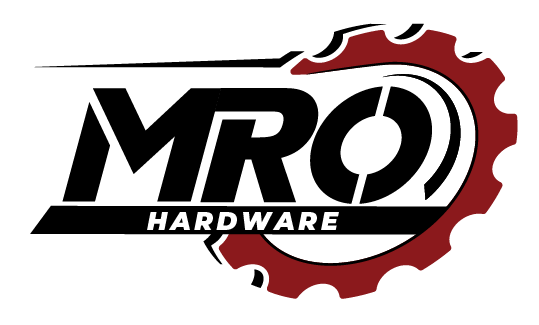Why use rivets instead of bolts?
Rivets are often preferred over bolts because they provide a permanent and secure fastening solution. They are particularly effective in situations where vibration or movement might cause bolts to loosen over time. Additionally, rivets distribute the load more evenly and can be installed quickly, often with access to only one side of the material.
Why are rivets used?
Rivets are used to join materials together permanently. They are commonly chosen for their ability to create a strong and lasting bond, their resistance to vibration, and their efficiency in high-volume manufacturing. Rivets of varying types are widely used in construction, aerospace, automotive, and various other industries.
Why are rivets used in aircraft?
Rivets are used in aircraft due to their high strength-to-weight ratio and reliability under stress and vibration. They ensure structural integrity in the demanding conditions of flight, providing a durable and secure fastening method.
Will steel rivets rust?
Yes, steel rivets can rust if they are not plated with zinc (or similar coating) or made from specific grades of stainless steel. Exposure to moisture and being aware of galvanic corrosion opportunities is also something to consider when designing an application to use rivets.
Are rivets stronger than bolts?
The strength of rivets compared to bolts depends on the application and materials used. In theory, rivets can sometimes be stronger in shear applications depending heavily on the style of rivet chosen because they can distribute the load over a larger area and through a solid body. However, bolts are often stronger in tension applications where the force is pulling the materials apart.
Can rivets be reused?
Most rivets cannot be reused though some specialty rivets can be removed and reused once set. Once a rivet is installed, it must generally be destroyed to remove it, making it impossible to reuse. This is in contrast to bolts and screws, which can almost always be reused.
Are rivets waterproof?
Rivets themselves are not inherently waterproof. However, they can be made waterproof with sealing compounds or by using specialized waterproof rivets designed to prevent water ingress.
Can rivets be used in wood?
Yes, rivets can be used in wood, although screws are typically preferred. When using rivets in wood, it’s crucial to select the right type of rivet (like a peel or tri-fold rivet) and ensure proper installation to avoid damaging the material
How are rivets measured?
Rivets are measured by their diameter and length. The diameter is the width of the shaft, and the length is the distance from the underside of the rivet head to the end of the shaft. These measurements can ensure the rivet is appropriately sized for the materials being joined but due to tolerance variations, the best way to establish the correct rivet is to tell your supplier what the total material thickness is that’s being riveted together.
Who sells rivets?
Rivets are available at hardware stores, construction supply stores, online retailers, and specialized fastener suppliers. MRO Hardware carries a wide range of rivets and since they are part of the OneMonroe family, they also have access to a huge inventory or aerospace and specialty rivets.
When to use rivets instead of screws?
Use rivets instead of screws when a permanent and vibration-resistant joint is needed. Rivets are ideal for applications requiring a secure and lasting bond, such as in structural frames, sheet metal assemblies, and aerospace construction.
What rivets to use on steel?
For steel applications, use steel or stainless-steel rivets. With proper selection, these rivets can provide the necessary strength and durability for steel structures, ensuring a strong and long-lasting connection.
What rivets to use on aluminum?
For aluminum applications, aluminum rivets are typically used to avoid galvanic corrosion. However, if additional strength is needed, steel/zinc rivets can be used, provided appropriate measures are taken to prevent corrosion.
How to remove rivets?
To remove rivets, use a drill bit slightly larger than the rivet shaft. Drill through the center of the rivet head until it separates from the shaft. Then, use a punch to push out the remaining rivet shaft. This method helps ensure the surrounding material is not damaged during removal.

